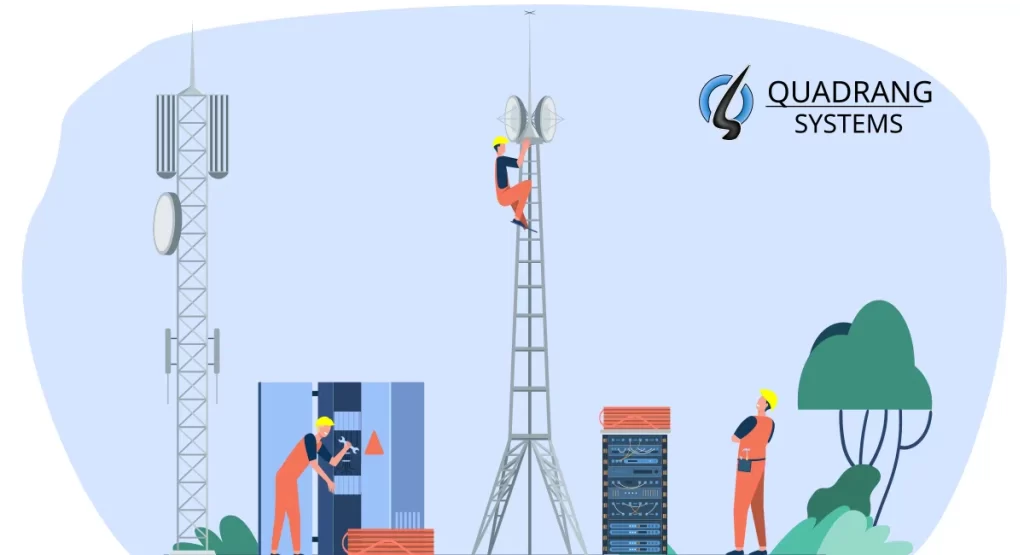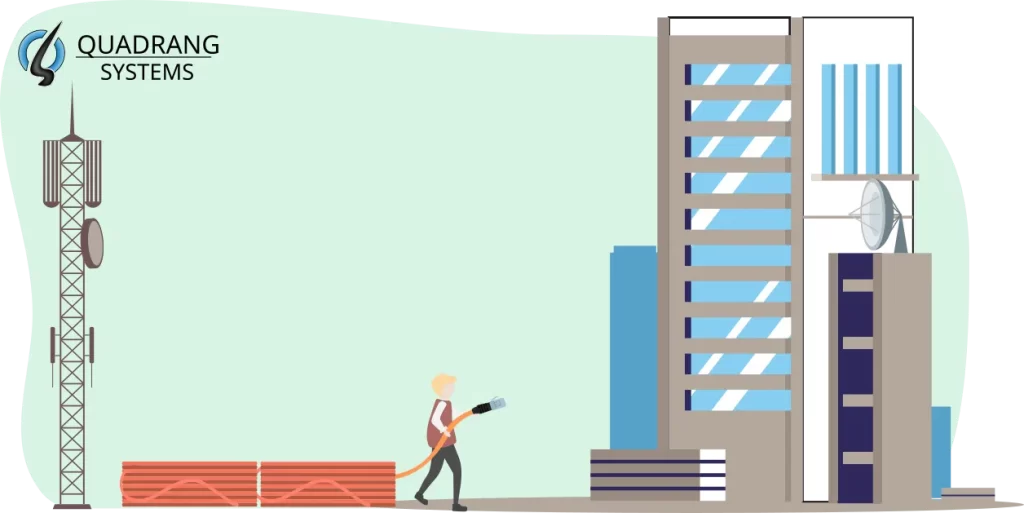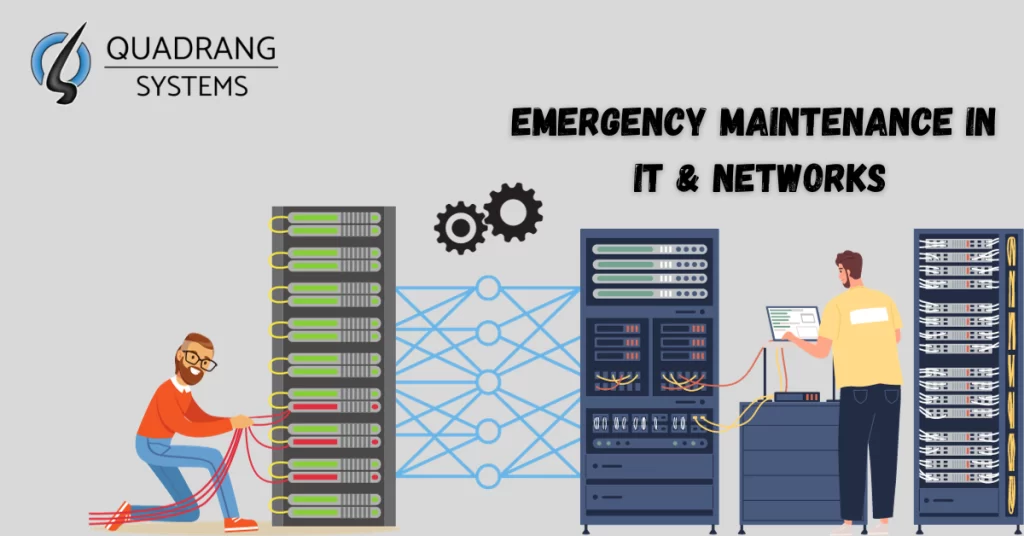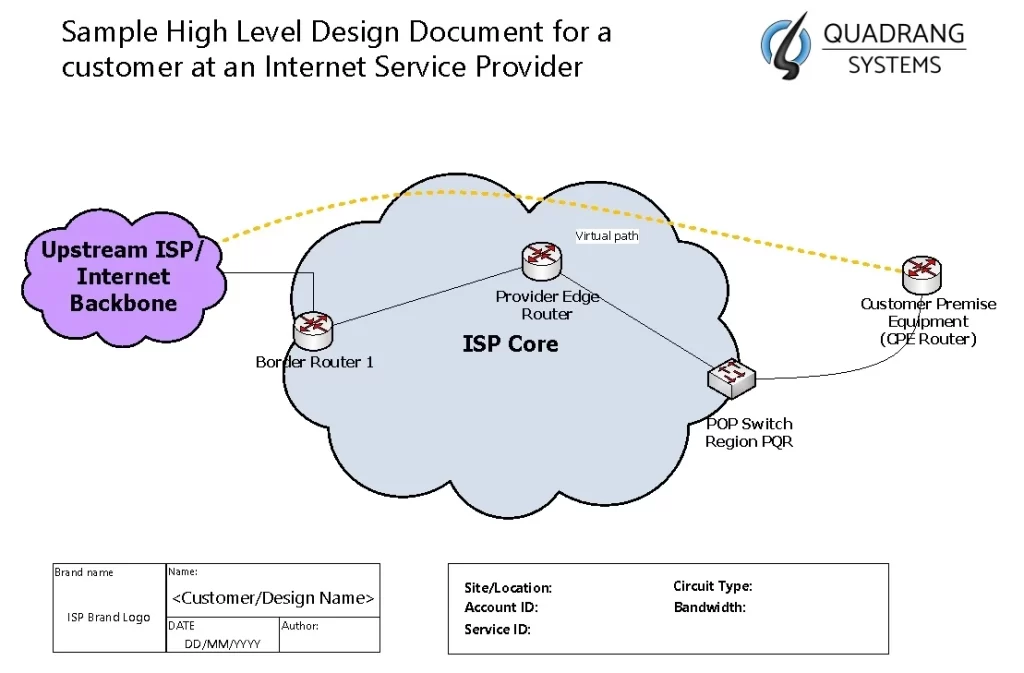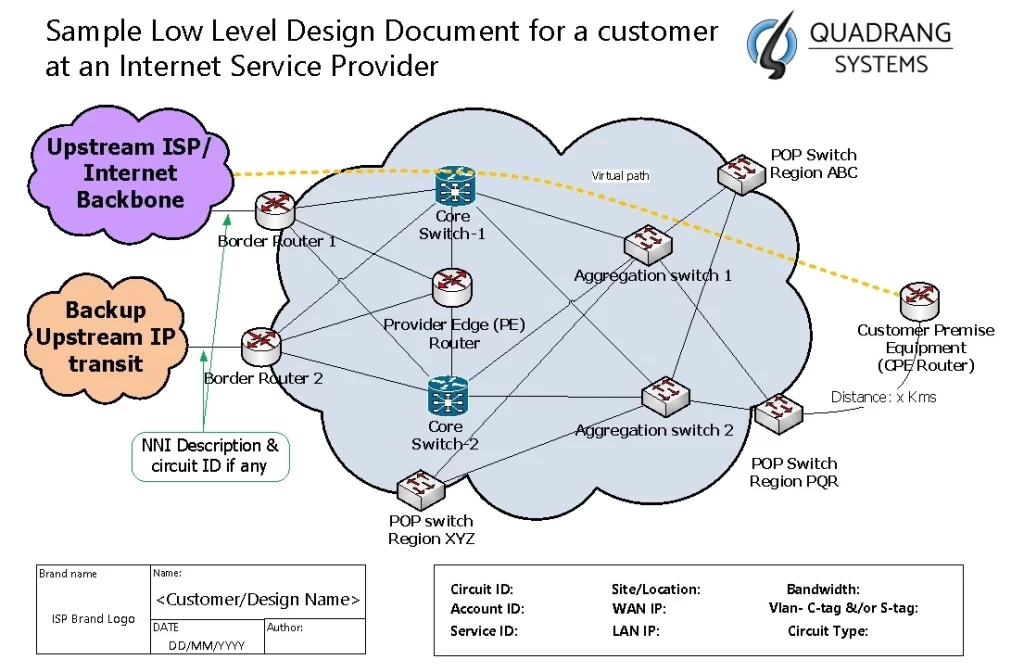Network Infrastructure Builds done right
Deploying New Network Infrastructure: Considerations for ISPs
Expanding network infrastructure represents a major undertaking for Internet Service Providers (ISPs). The success rests on meticulous planning, nimble execution, yet unlocked potential compels. This guide outlines key aspects of network build projects and project lifecycles to empower ISPs undertake builds smoothly.
Defining Goals and Requirements Clarity regarding network expansion goals proves paramount. Growth targets, intended offerings, competitive landscape, and regulatory issues shape goals. Quantifiable metrics like new subscriber targets, speed benchmarks, latency thresholds, or uptime influence infrastructure choices. Consider 5G substitutions if appropriate. Confirm alignment across stakeholders – engineering, operations, executives, finance, vendors, partners – through a requirements workshop.
Comprehensive requirements gathering mitigates surprises. Detail capacity needs, high availability, security precautions, maintenance expectations, integrations, and phases. Consider future applications; will infrastructure support smart cities or autonomous vehicles? Requirements gathering spotlights constraints and risks early when more flexibility exists to address them. Myriad technology choices underpin infrastructure designs – fiber, fixed-wireless, legacy or leading edge. Assessing options against requirements with long time horizons.
Fiber network builds require significant capital, sometimes a huge chunk of Investor capital and it also becomes the biggest ISP asset and raises the company valuation. Obviously, fiber delivers higher capacity, lower latency, greater reliability and future proofing, hence the investment is justified. Passive optical networking (PON) enables cost efficiencies through shared fiber runs for residential and small offices. Software defined networking (SDN) and network functions virtualization (NFV) boost flexibility.
Fixed Wireless provides great option of expandability and reach beyond the last node of where the fiber optic ended. Here, the investment in high quality Radio equipment and purchase in licensed bands results in the best wireless network infrastructure.
Network hardware choices also abound. Evaluate leading switch, router and access point suppliers against performance, reliability, security, cost, roadmap and local support criteria. Disaster recovery and backup power necessities affect selections.
Carefully weigh legacy infrastructure compatibility against benefits of next generation infrastructures during transition periods. Defining architecture standards upfront streamlines long term network management.
Prioritizing Geographic Areas Phasing network builds across locales requires balancing cost, impact and resource realities. Prioritize geographies based on subscriber density, revenue potential, construction variables, competitive presence, permitting needs or other factors unique to service areas.
Cluster nearby sites when possible to maximize construction efficiencies. Balancing short term subscriber acquisition goals with longer term capacity scaling requirements affects phase sequencing.
Some find success deploying initial phases in adjoining locales to enable testing concepts before regional scaling. Take care to avoid coverage gaps tempting customers to defect. Consider staging deployments to coincide with marketing campaigns promoting new services once live.
Detailed Design With goals established, technology choices made and locales sequenced, tackle detailed design. Precision proves paramount, for errors cascade as builds progress. Design documentation will guide vendors and construction crews for months, so ensure accuracy plus clarity.
Design specifics include:
- Duct routes and fiber strands per run
- Utility pole access applications
- Conduit and handhold requirements
- Splice locations and fiber slack storage
- Vault and cabinet placements
- Power and generator capacities
- Real estate, permitting and traffic plans
Designs blueprint exact fiber runs, active equipment sites and capacity levels per location. Design capacity for future demand and expansion now, as returning for incremental upgrades later proves costly.
Careful designs enhance quality and minimize waste without requiring rework down the road when operational. Design signoff commits plans for construction draw and bid.
Procurement and Contracting RFQs and RFPs generated from finalized designs solicit competitive bids for project materials and construction. Bid scoring based on cost, experience, timeline or other factors identify partners. Contracts detail procurement terms, statements of work, incentives and legal protections.
Strategic sourcing for volume discounts reduces CAPEX costs of network hardware, fiber cabling and infrastructure equipment. Scrutinize bid responses to uncover potential gaps – missed sites, incomplete capacity, unsupported features or truncated timelines.
Stipulate performance metrics and testing criteria within contracts to confirm infrastructure functions as intended prior to acceptance and payment. Define punch list correction processes to remedy issues. Include risk sharing and dedicated personnel requirements as warranted given project scale.
With vendors selected and agreements signed, funds committed, equipment queued and crews ready, build execution commences.
Executing Builds The most intensive phase occurs as construction launches across potentially thousands of sites simultaneously. Concurrent workstreams strain even seasoned operations teams. Careful orchestration and governance across distributed locations, disparate crews and specialized activities proves essential.
Project Management Appoint adamant project leadership to align crews, convey adjustments, arbitrate disputes and safeguard milestones. Daily standups ensure transparency regarding progress and obstacles. Dynamic scheduling maintains work sequences despite inevitable surprises like inclement weather, faulty components, or location access delays.
Communicate construction changes like utility pole movement or road closures to impact downstream work. Foster productive communication, issue escalation and conflict resolution processes given interacting stakeholders. Project managers equipped to navigate expansive deployments bring them home on time and budget.
Monitoring and Governance Extensive monitoring and governance injects accountability and ensures quality amidst such ambitious undertakings. Audits at critical project milestones – site selection, utility application, design review, site acceptance – verify conformance to specifications. Real time dashboard tracking installation rates fuels just in time capacity adjustments if targets slip.
Testing protocols injected at multiple phases confirm infrastructure functions to expectations prior to contractor payments. Structured walkthroughs and punchlists drive closure on known issues. Oversight governance ensures adherence to architectural standards and regional variance approval processes.
Careful documentation and knowledge transfer equip operations teams to inherit expansive new infrastructure for long term management. Network builds stretch teams to the limit yet transform capabilities thereafter.
How-To Guide: Building Modern Network Infrastructure for ISPs
- Define Goals and Requirements
- Outline capacity needs, offerings, and growth plans
- Detail performance, availability, security, and scalability metrics
- Document integration needs and regulatory considerations
- Host workshop to align stakeholders
- Evaluate Technology Options
- Compare fiber, wireless, SDN/NFV on cost, speed, reliability
- Assess licensing, spectrum holdings and small cell needs
- Vet hardware vendors on features, support and roadmap
- Ensure disaster recovery and backup power capacities
- Prioritize Geographic Rollout
- Sequence areas based on customer density, revenue potential
- Cluster nearby sites to maximize construction efficiencies
- Consider staging deployments to test concepts before scaling
- Create Detailed Design Documentation
- Map exact conduit routes, fiber strands, termination points
- Specify equipment sites, power needs and real estate plans
- Design with ample future capacity and expansion in mind
- Secure Vendors and Sign Contracts
- Issue RFPs for competitive bids on hardware and construction
- Perform due diligence on suppliers and partners
- Finalize statements of work, performance metrics and incentives
- Orchestrate Smooth Deployments
- Closely track progress dashboards and audit milestones
- Require testing protocols to confirm functioning infrastructure
- Document learnings and knowledge transfer for operations teams
FAQs Q: What is involved in scoping fiber routes? A: Evaluating local utility infrastructure, permitting needs and geographic constraints to create final conduit pathway plans meeting capacity, performance and expansion requirements.
Q: How are equipment vendors compared? A: Develop selection criteria based on network design – speed, software, support capabilities – and assess bids through RFP process on cost, experience and services.
Q: What level of monitoring should occur during buildouts? A: Daily status checks on installation rates, issue tracking and change response across entire portfolio enable teams to govern progress and adapt resource allocation if timelines slip.
Q: How to confirm infrastructure works before acceptance? A: Require vendors conduct and pass testing protocols checking connectivity, speed, error rates, failover behavior and security capabilities per specifications before signoff.
Q: What enables smooth transition to network operations? A: Consolidated documentation covering equipment details, configuration standards, known issues, warranty expirations, upgrade roadmaps and points of contact arms teams to effectively support infrastructure post-deployment.




